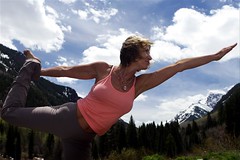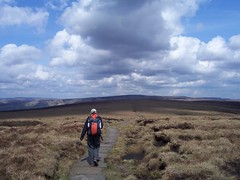
The TBI Model Systems (TBIMS) were established in 1987 through a grant from the United States Department of Education, National Institute on Disability Rehabilitation and Research (NIDRR). Establishment of the Burn Care Model Systems followed in1994. All TBI Model Systems are housed in or linked to well-established medical centers that provide high quality trauma care from onset of injury through the post-acute phase. Each of these facilities treats large numbers of persons with traumatic brain injury, necessary for supporting research projects and data collection. There are currently sixteen TBIMS projects located throughout the United States.
The Institute for Rehabilitation and Research Houston
Craig Hospital Englewood, Colorado
Kessler Medical Rehabilitation Research & Education Center
Albert Einstein Healthcare Network, Moss Rehabilitation Research Institute
Ohio Regional TBI Model System The Ohio State University Research Foundation
Mayo Clinic College of Medicine Rochester, Minnesota
Mount Sinai School of Medicine, New York,
Carolinas Rehabilitation Charlotte
UT Southwestern Medical Center Dallas,
Santa Clara Valley Medical Center- Medical Staff Corporation San Jose, CA
University of Alabama at Birmingham Birmingham
Virginia Commonwealth University Department of Physical Medicine and Rehabilitation Richmond, VA
JFK-Johnson Rehabilitation Institute NJ
University of Washington Seattle, WA
Information on over 6000 individuals with traumatic brain injury during the acute hospital stay and in the community after discharge and the aim of the project is to
* What diagnostic and treatment innovations can improve rehabilitation outcomes for persons with traumatic brain injury.
* Which methods of service delivery interventions after inpatient rehabilitation discharge are most effective?
* Which interventions improve vocational outcomes and community integration?
* Can we predict long-term outcomes at hospital discharge and at long-term follow-up? What are the key predictors?
* What is the relationship between cost of care and outcomes? If we spend more money, do we obtain better results?
A video showing the use of the HandTutor system with a TBI patient can be found at: http://www.meditouch.co.il/index.aspx?id=2358&videoid=1







